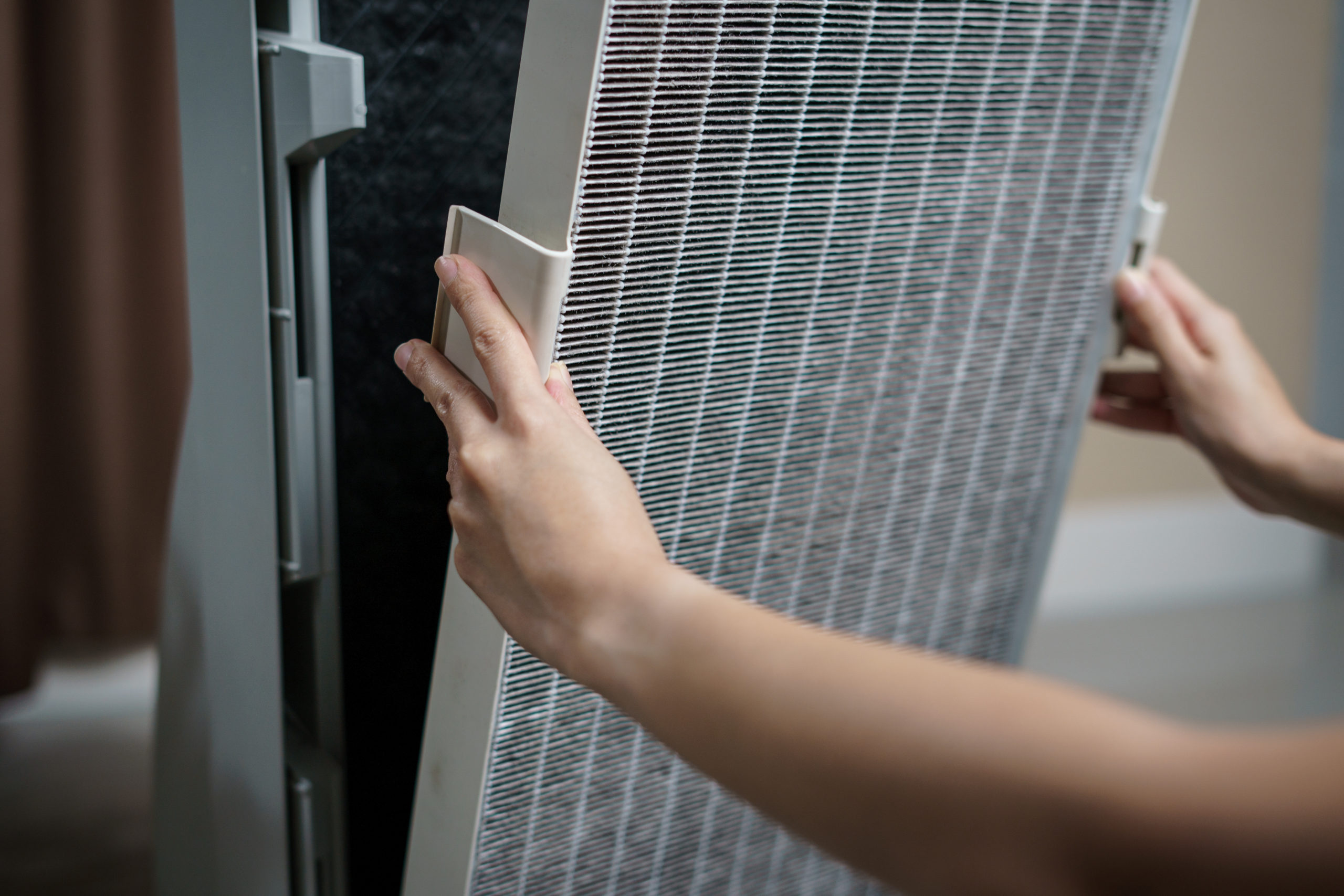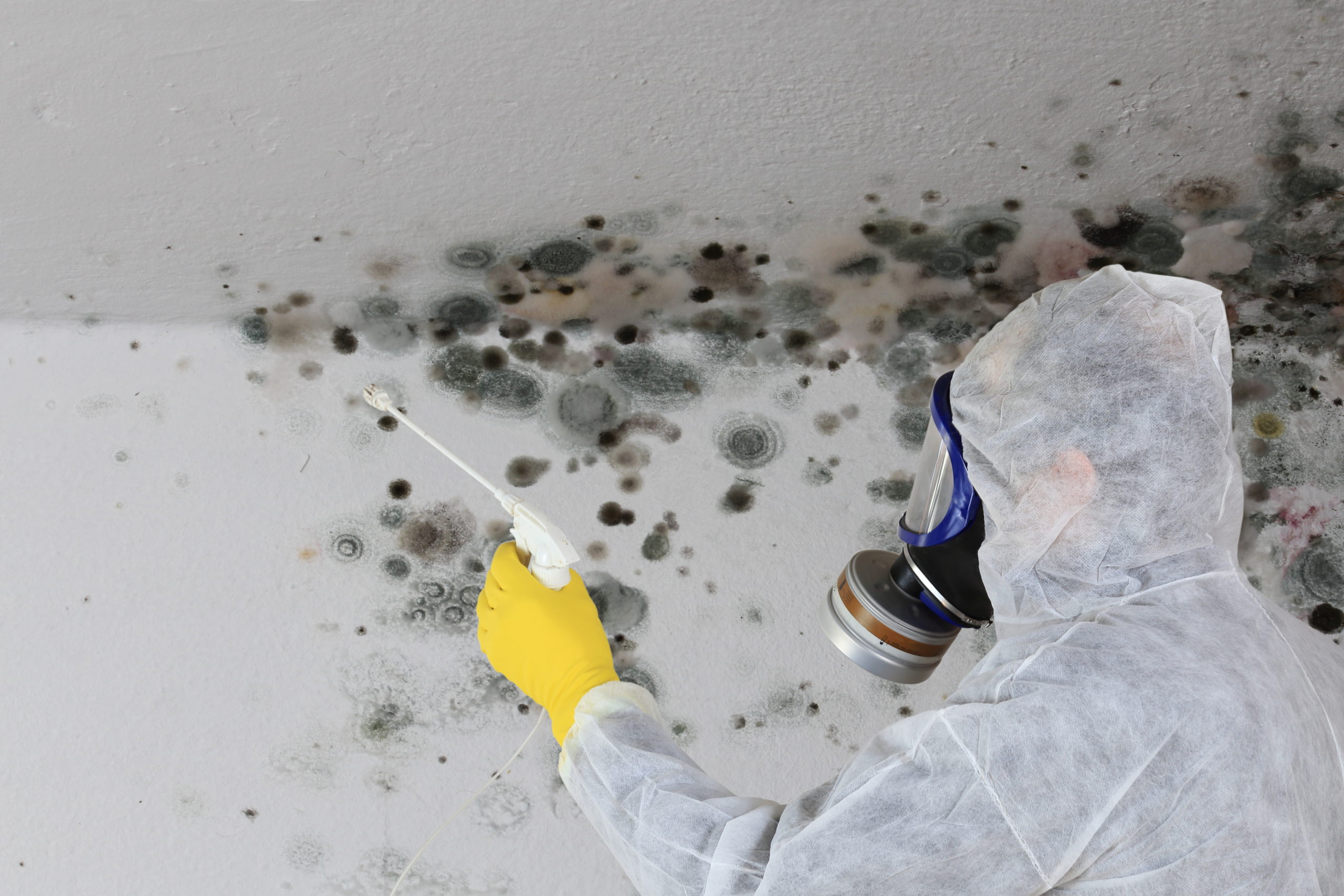Hamilton, OH – Most of us assume that when we dine at a respectable restaurant, it is clean and sanitary. After all, aren’t most restaurants inspected on a regular basis by local public health officials?
While they may be inspected and relatively clean and healthy at the time they open, during the course of the day, most restaurants become very soiled. In fact, some chefs and restaurant connoisseurs say it can almost be as bad as “dining with bacteria.”
So what are some of the germiest places in a restaurant? The results may surprise you.
Based on reports going back more than five years, Kaivac, makers of the No-Touch® and OmniFlex™ Crossover Cleaning systems, presents the places that keep surfacing to the top:
Condiment bottles/shakers. These containers of salt, pepper, catsup, hot sauce, and other condiments are rarely wiped clean.
Salad bar tongs and sneeze guards. Serving utensils such as salad bar tongs are touched by scores of people each shift. Related to this, if not cleaned every two or three hours, the sneeze guard over salad bars or buffets can become coated with germs and bacteria.
Ice. Several studies reported that as much as 70 percent of the ice produced in an ice machine contained bacteria, often more bacteria than found in toilet water; the reason: ice machines are rarely cleaned.
Restroom floors. Restroom floors can be home to as much as two million bacteria per square inch.
The kitchen telephone. Many restaurants have a phone in the kitchen. It’s rare for kitchen workers to think of washing their hands before using the phone, and even less common for them to wash their hands after using the phone. Any germs on the phone can be transferred to their hands and the food they are preparing, and vice versa.
Bathroom doorknobs. Usually bathroom doorknobs are cleaned daily (or as often as the bathroom is cleaned). But during the course of the day, they can become infested with bacteria.
Lemon wedges. Most unexpectedly, reports indicate that lemon wedges are not only frequently contaminated, they are often contaminated with fecal matter. The reason: they are handled by delivery people and other workers with their bare hands and not always washed before use.






